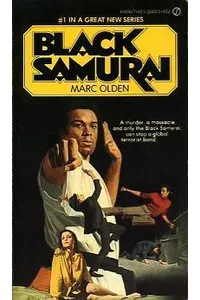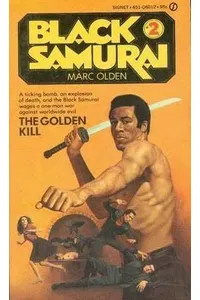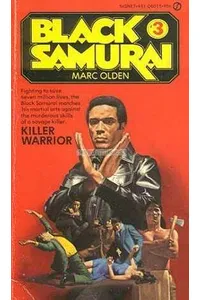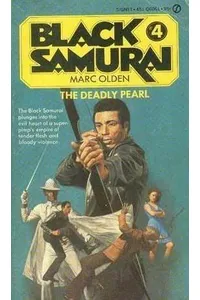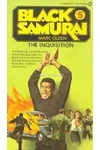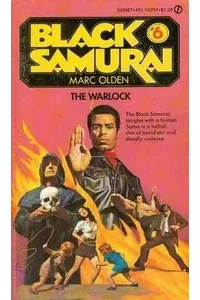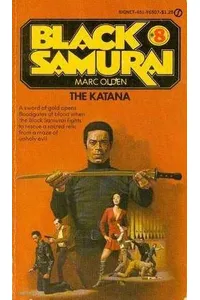Step into the pulse-pounding world of Black Samurai, where martial arts mastery meets high-stakes espionage! Marc Olden’s Black Samurai series, published between 1974 and 1975, follows Robert Sand, a Vietnam veteran turned samurai, as he battles global threats with unparalleled skill. This action-adventure saga blends cultural fusion, intense action, and a trailblazing Black protagonist, making it a hidden gem of 1970s pulp fiction.
With its gritty vibe and fast-paced plots, Black Samurai carved a unique niche, offering readers a thrilling ride through a world where East meets West. Ready to explore this electrifying series? Let’s dive into its origins, stories, and lasting impact!
How Black Samurai Began
Born in Baltimore in 1933, Marc Olden was a prolific writer with a passion for martial arts, holding advanced belts in karate and aikido. His fascination with Japanese culture inspired Black Samurai, which debuted in 1974. Olden, an African-American author, created Robert Sand as a groundbreaking hero—a Black American trained by a Japanese samurai master. This bold fusion of cultures was a daring move in the 1970s, reflecting Olden’s vision for diverse representation in action-adventure.
Olden juggled Black Samurai alongside his Narc series, producing eight Black Samurai novels in just two years—an impressive feat. His background as a Broadway publicist and his martial arts expertise infused the series with authenticity and flair, setting the stage for Robert Sand’s epic journey.
The Heart of Black Samurai
The series kicks off with Black Samurai (1974), where Robert Sand, the only survivor of a terrorist attack on his dojo, seeks vengeance for his slain sensei, Master Konuma. Trained for seven years in martial arts, swordplay, and stealth, Sand becomes a one-man army, working for a former U.S. president to thwart a rogue colonel’s deadly plot. In The Golden Kill (1974), Sand races against time to stop a massive gold heist orchestrated by a power-hungry millionaire. Killer Warrior (1974) pits him against a savage assassin threatening millions, while The Deadly Pearl (1974) dives into a gritty battle against a pimp’s empire of violence.
Black Samurai’s themes revolve around discipline, vengeance, and cultural identity. Olden’s vivid action scenes—think martial arts showdowns and gory gunfights—capture the gritty essence of 1970s pulp fiction. The series’ global settings, from Tokyo to Paris, add an exotic flair, while Sand’s journey as a Black samurai challenges racial stereotypes, blending blaxploitation vibes with samurai honor. Though some dialogue and stereotypes reflect the era’s limitations, Olden’s storytelling shines through, making each book a quick, thrilling read.
The series’ style is unapologetically pulpy, with fast-paced plots and larger-than-life villains. Yet, Sand’s emotional depth—his loyalty to his master and struggle with his past—adds a layer of humanity, elevating Black Samurai above typical action fare.
Why Black Samurai Resonates
Black Samurai broke ground as one of the first action-adventure series to center a Black protagonist in a genre dominated by white heroes. Robert Sand’s samurai training and global missions offered a fresh take on representation, inspiring readers and paving the way for diverse characters in modern fiction. The 1977 film adaptation starring Jim Kelly, though loosely based on the books, brought Sand to the big screen, cementing the series’ place in pop culture.
Today, Black Samurai remains a cult favorite, with eBook and audiobook releases keeping Olden’s work alive. Its blend of martial arts, espionage, and cultural fusion continues to captivate fans of retro action and diverse storytelling. A planned modern film adaptation by Chad Stahelski, director of John Wick, hints at the series’ enduring appeal.
- Publication Years: 1974–1975
- Number of Books: 8
- Author: Marc Olden
- Genre: Action-Adventure
Dust off your katana and dive into Black Samurai! Grab the first book and join Robert Sand on a thrilling ride through a world of danger, honor, and high-octane action!
